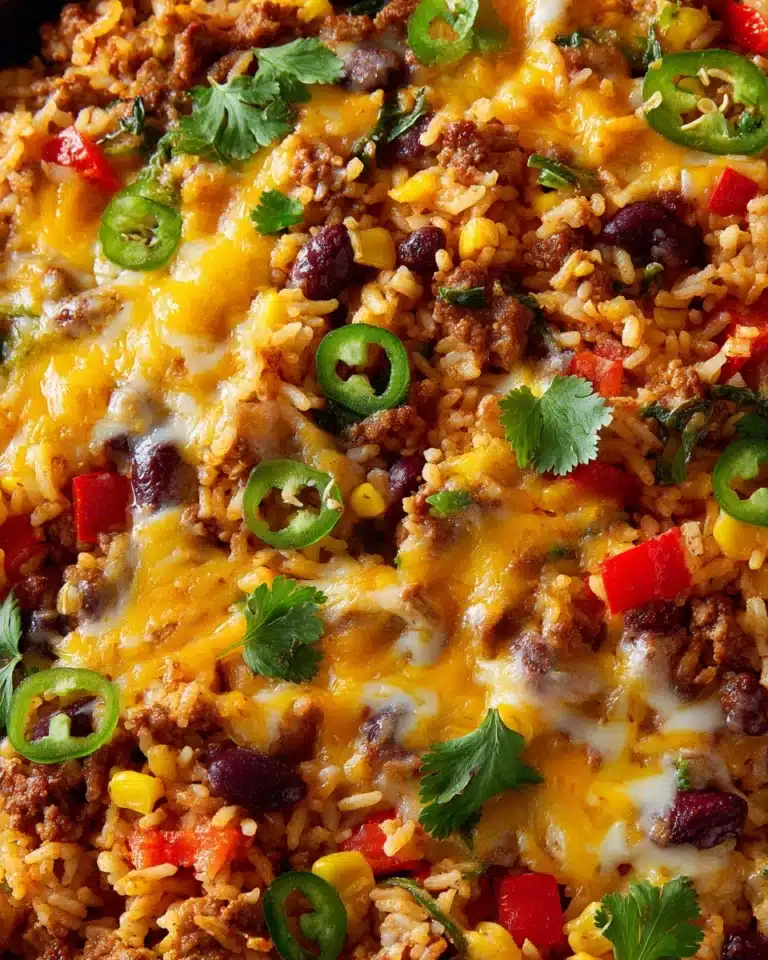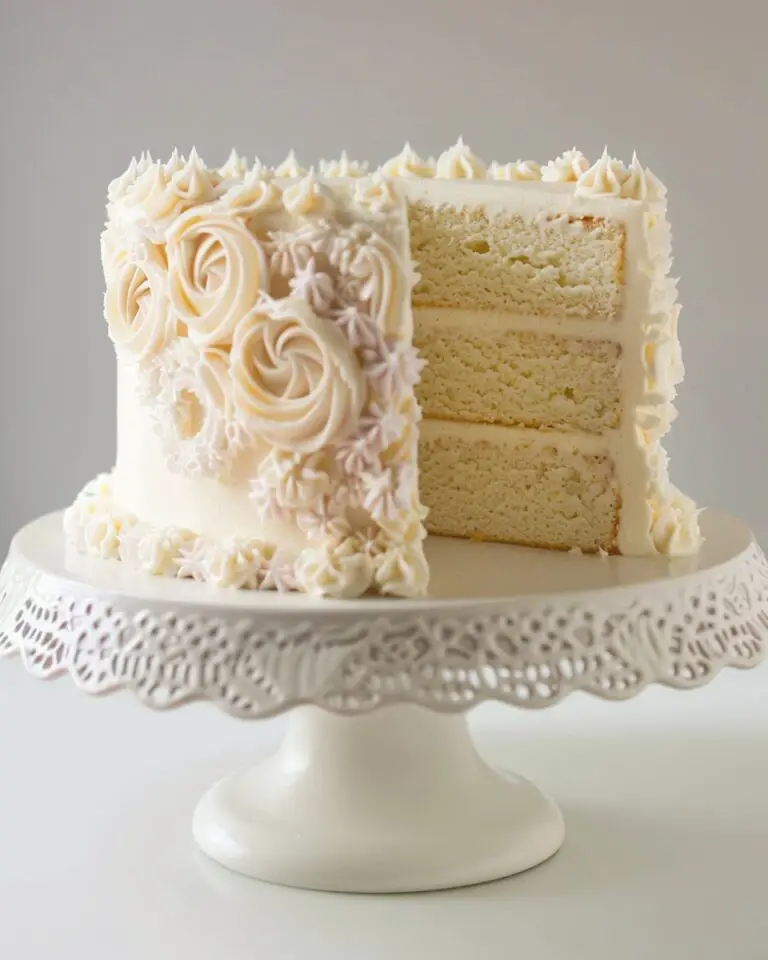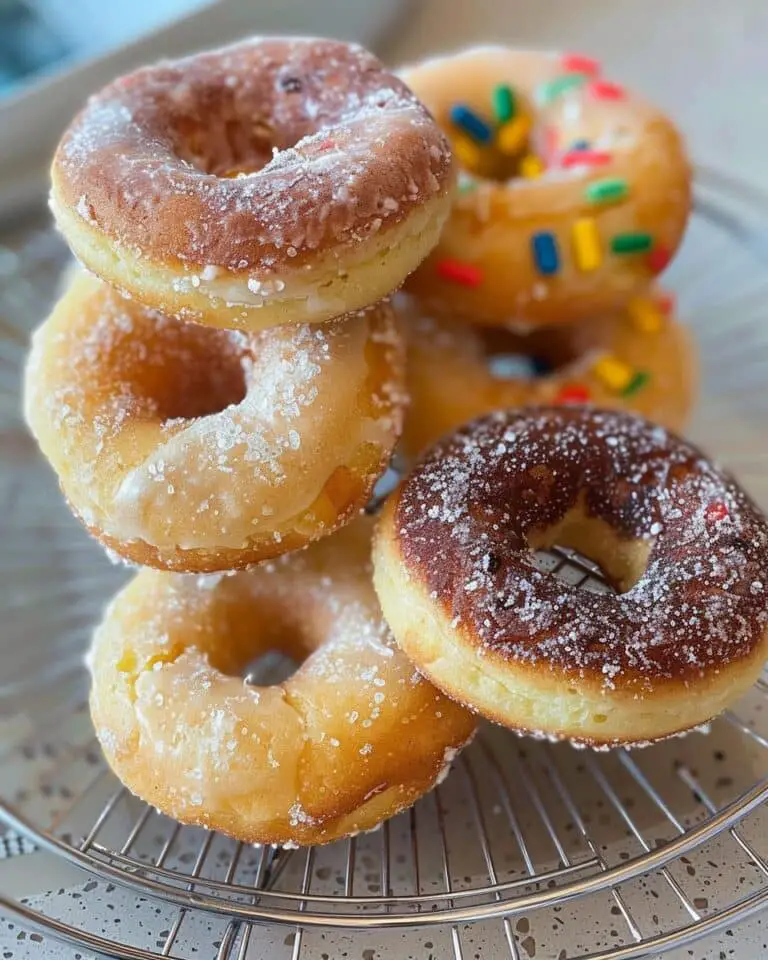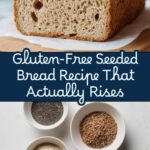If you’ve been hunting for a homemade gluten-free bread that truly delivers on flavor and texture, let me introduce you to the Gluten-Free Seeded Bread That Doesn’t Taste Like Cardboard Recipe. This loaf is a game changer, combining a hearty crunch of seeds with a soft, tender crumb that rises perfectly every time. Whether you’re new to gluten-free baking or a seasoned pro tired of the usual bland options, this bread brings warmth, taste, and that satisfying “real bread” feel without any weird ingredients or compromises.
Ingredients You’ll Need
Ingredients You’ll Need

These ingredients are simple yet powerful — each one plays a crucial role in bringing out the nutty flavor, delightful texture, and beautiful color of this bread. You don’t need a science experiment to pull off this recipe, just some pantry staples and a little love.
- Gluten-free all-purpose flour (1 ½ cups): Be sure it contains xanthan gum or add 1 tsp separately to give the loaf structure and rise.
- Almond flour (½ cup): Adds moisture and a subtle nutty undertone to keep the bread tender.
- Ground flaxseed (¼ cup): Brings earthy flavor and binds ingredients while providing a nutritional boost.
- Chia seeds (2 tbsp): Incorporate a pleasant crunch and help hold moisture for a better crumb.
- Sunflower seeds (2 tbsp): Give extra texture and a mild nuttiness that pairs beautifully with the other seeds.
- Sesame seeds (1 tbsp plus more for topping): Enhance flavor and create an inviting golden crust once baked.
- Baking powder (1 tbsp): Ensures your bread rises nicely without yeast.
- Baking soda (½ tsp): Works with the vinegar to provide tenderness and lift.
- Salt (½ tsp): Balances all the flavors perfectly and enhances the natural nuttiness.
- Eggs (3): Act as a binder and provide moisture and richness for that soft crumb.
- Olive oil (¼ cup): Keeps the bread moist and adds a subtle fruity note.
- Honey or maple syrup (1 tbsp): Delivers a touch of sweetness to balance the seeds’ nuttiness.
- Unsweetened almond milk (¾ cup): Adds moisture; substitute with your favorite milk if you prefer.
- Apple cider vinegar (1 tbsp): Reacts with the baking soda to promote a light, fluffy texture.
You’ll find the full ingredient list, instructions, and print option in the recipe card below.
How to Make Gluten-Free Seeded Bread That Doesn’t Taste Like Cardboard Recipe
Step 1: Mix the Dry Ingredients
Start by combining your gluten-free all-purpose flour, almond flour, ground flaxseed, chia seeds, sunflower seeds, sesame seeds, baking powder, baking soda, and salt in a large bowl. Mixing these together ensures the seeds are evenly distributed, contributing to that signature crunchy texture and nutty flavor.
Step 2: Whisk Together the Wet Ingredients
In a separate bowl, beat the eggs with olive oil, honey or maple syrup, almond milk, and apple cider vinegar. This mixture brings moisture, richness, and a hint of sweetness that perfectly balances all those wholesome seeds. The vinegar reacts with the baking soda to help your bread rise beautifully without yeast.
Step 3: Combine and Stir Gently
Pour the wet ingredients into the dry mixture and fold together just until everything is incorporated. The batter will be thicker than typical bread dough but don’t worry — this consistency helps maintain structure while baking. Overmixing could make the bread dense, so keep it light.
Step 4: Prepare and Fill Your Loaf Pan
Lightly grease a standard loaf pan and sprinkle some sesame seeds on the bottom and sides for added flavor and texture. Pour the batter in, smoothing the top and sprinkling a handful more sesame seeds to create an inviting golden crust after baking.
Step 5: Bake Until Golden and Delicious
Bake your loaf in a preheated oven at 350°F (175°C) for about 50 to 60 minutes. You’ll know it’s done when the crust is golden brown and a toothpick inserted into the center comes out clean. Let it cool completely in the pan to set the crumb before slicing.
How to Serve Gluten-Free Seeded Bread That Doesn’t Taste Like Cardboard Recipe
Garnishes
A simple smear of butter or your favorite nut butter takes this seeded bread to next-level comfort. You might also try fresh avocado slices with a sprinkle of flaky sea salt or a drizzle of honey for a perfectly balanced treat that’s just as delicious warm or toasted.
Side Dishes
This bread shines alongside hearty soups and stews, especially those with robust flavors like tomato basil or butternut squash. It’s also fabulous for sandwiches stacking fresh veggies, creamy cheeses, or even smoky grilled meats — the seeds add a textural delight that elevates every bite.
Creative Ways to Present
Think outside the sandwich! Toast thick slices and cut into croutons for salads, or use small cubes as a base for savory bread puddings. You can even slice it thin, toast it, and top with whipped ricotta and roasted cherry tomatoes for a stunning appetizer everyone will rave about.
Make Ahead and Storage
Storing Leftovers
Once cooled, wrap your leftover bread tightly in plastic wrap or keep it in an airtight container to maintain moisture. Stored at room temperature, it will stay fresh for up to 3 days without drying out or crumbling.
Freezing
This gluten-free seeded bread freezes beautifully. Slice it before freezing so you can pull out just what you need. Wrap slices or the whole loaf tightly in plastic wrap and then foil, freezing for up to 3 months without any loss in flavor or texture.
Reheating
To bring back that fresh-baked warmth, toast your bread slices directly from frozen or warm the whole loaf wrapped in foil in a low oven (about 300°F) for 10 to 15 minutes. This quick step refreshes the crust and softens the crumb perfectly.
FAQs
Can I substitute the almond flour for another type of flour?
Absolutely! You can experiment with other nut flours like hazelnut or sunflower seed flour; just keep in mind that each will affect the flavor slightly. Almond flour adds moisture and richness, so substitutions may alter texture a bit.
Do I have to use all the different seeds?
Nope! The mix of seeds adds complexity, but if you prefer, you can omit or swap some for favorite seeds or nuts. The bread will still rise and taste fantastic, though the texture might vary slightly.
Is this bread suitable for vegans?
This recipe uses eggs which are essential for binding and structure. If you want to make it vegan, you could try flax eggs or chia eggs as replacements but expect some differences in texture and rise.
Can I make this bread yeast-free?
Yes! In fact, this recipe is designed without yeast. Baking powder, baking soda, and apple cider vinegar create the lift usually provided by yeast, which makes it quick and easy while still light and fluffy.
Why does this bread not taste like typical gluten-free breads?
The combination of diverse seeds, almond flour, and precise leavening agents produces a balance of crunch, softness, and flavor that avoids the dry or gummy pitfalls commonly associated with gluten-free breads, making this one truly special.
Final Thoughts
Trust me when I say, the Gluten-Free Seeded Bread That Doesn’t Taste Like Cardboard Recipe is destined to become your new staple. Baking it might even turn into your favorite kitchen ritual once you experience the delightful aroma and incredible taste of a homemade loaf that feels nothing like the disappointing breads in stores. Give it a try—your sandwich game and toast mornings will thank you!
PrintGluten-Free Seeded Bread That Doesn’t Taste Like Cardboard Recipe
This gluten-free seeded bread breaks the mold of typical gluten-free baking by delivering a nutty, seedy, hearty loaf that actually rises like traditional sandwich bread. With a crispy crust and soft interior, this no-yeast quick bread is packed with wholesome seeds like flax, chia, sunflower, and sesame, offering texture and flavor without any unusual or hard-to-find ingredients. Perfect for toasting and freezing, it’s an ideal pantry-friendly recipe for anyone avoiding gluten without sacrificing taste or structure.
- Prep Time: 15 minutes
- Cook Time: 50 minutes
- Total Time: 1 hour 5 minutes
- Yield: 1 standard 9×5-inch loaf (about 12 slices)
- Category: Bread
- Method: Baking
- Cuisine: Gluten-Free
- Diet: Gluten Free
Ingredients
Dry Ingredients
- 1 ½ cups gluten-free all-purpose flour (with xanthan gum, or add 1 tsp separately)
- ½ cup almond flour
- ¼ cup ground flaxseed
- 2 tbsp chia seeds
- 2 tbsp sunflower seeds
- 1 tbsp sesame seeds (plus extra for topping)
- 1 tbsp baking powder
- ½ tsp baking soda
- ½ tsp salt
Wet Ingredients
- 3 eggs
- ¼ cup olive oil
- 1 tbsp honey or maple syrup
- ¾ cup unsweetened almond milk (or any milk of choice)
- 1 tbsp apple cider vinegar
Instructions
- Preheat and prepare pan: Preheat your oven to 350°F (175°C) and grease a loaf pan or line it with parchment paper to prevent sticking.
- Mix dry ingredients: In a large bowl, combine the gluten-free all-purpose flour, almond flour, ground flaxseed, chia seeds, sunflower seeds, sesame seeds, baking powder, baking soda, and salt. Stir well to evenly distribute the seeds and leavening agents.
- Combine wet ingredients: In a separate bowl, whisk together the eggs, olive oil, honey or maple syrup, almond milk, and apple cider vinegar until smooth and fully blended.
- Combine wet and dry mixtures: Pour the wet mixture into the dry ingredients and gently fold together until just combined. Avoid overmixing to maintain a light texture.
- Pour batter and add topping: Transfer the batter into the prepared loaf pan, smoothing the top with a spatula. Sprinkle additional sesame seeds on top for a decorative and crunchy finish.
- Bake the bread: Bake in the preheated oven for 45 to 55 minutes, or until the bread is golden brown on top and a toothpick inserted into the center comes out clean.
- Cool before slicing: Remove the bread from the oven and allow it to cool completely in the pan on a wire rack. Cooling fully ensures the bread holds its structure when sliced.
- Serve and store: Slice the bread and enjoy fresh or toasted. This bread freezes well—slice before freezing for easy thaw and use.
Notes
- Ensure your gluten-free flour blend contains xanthan gum or add 1 tsp separately to help with structure.
- This is a quick bread with no yeast, so it doesn’t require rising time.
- Feel free to substitute the almond milk with any preferred dairy or non-dairy milk.
- Store leftover bread wrapped in foil or airtight container for up to 3 days or freeze slices for up to 3 months.
- For a sweeter loaf, increase honey or maple syrup slightly, but be mindful it may impact texture.








